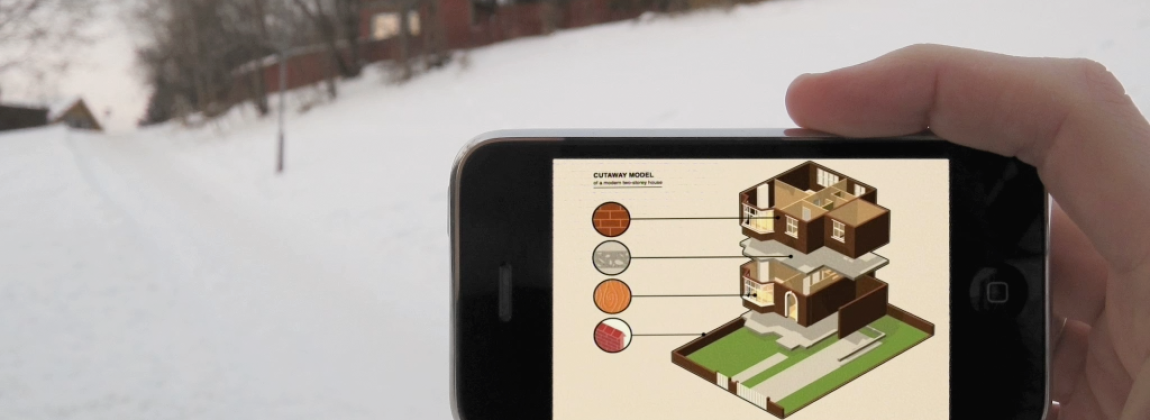- Type of project
- Pilot
About the project
One of the current challenges we face in living and working in a ‘digital age’ is how to manage vast sets of information and exchange. Increasingly, these are needing to be seen in relation to one another, and in and as products and services that are connected to contexts and processes of use.3D Search looks specifically at how we might investigate further tackling the design and use of temporal and spatially realised and served information and communication.
Three cases form the core of this project and provide a platform for further collbaorative research and funding applications.
The amount of digital information and data relating to geographical areas such as cities is increasing. This includes information about physical infrastructure (e.g., buildings, roads, power and water supplies), but also historical information and digital 3D models of new architectural building projects. In addition, regular people are producing and uploading media such as images, videos and textual annotation. These layers of information are geographically linked to the city. However, the information is unavailable or hard to access for people who are physically located in the city.
There is a great potential in mediating multiple layers of information through visualisation technolgies and tools. Advanced screen devices such as mobile phones are now widely distributed and accessible to users as they are situated in various urban contexts. The devices are networked, capable of sending and receiving large amounts of data. At the same time, the interfaces through which information is mediated allow advanced graphical representation that include animation and 3D simulations to be generated in real time. This may further be combined with touch-screens, vibration or sound feedback, and GPS location, such as in the Apple iPhone.
Augmented Reality (AR) technology allows a close connection between the ‘real’ world and the ‘virtual’ environment that is represented on the screen, for example by navigating the represented environment by means of moving and rotating the physical devices. In this manner, the mobile device becomes a frame or looking glass that reveals the hidden layers of information that are connected to, but not visible in, the real urban environment.
Similarly, searching masses of data needs meta skills and structuring in the contexts of medical operating theatres in which real-time surgery may demand close consultation with related cases, patient details and emerging needs in action. This is the focus of SINTEF in the project.
External project members: SINTEF (HCI section: (Project leader Jan Håvard Skjetne Microsoft Norway): Berit Herstad This pilot project is funded by the IxD Network, part of Akerselve Innovation, Oslo.






